In this third and final installment of examining places that have run a sensory-friendly space for an extended period, we get to possibly the longest-running sensory-friendly room. (First and second in this series.) St. Peter Channel in Roswell, GA (north Atlanta suburb) has been running theirs for about ten years (details). Jeanne Lyons told me about it in an extended meeting. We also talked about aspects of autistic inclusion outside of Mass. As it would be too long, I decided to break the inclusion outside Mass into one or two other posts.
As there is no prior diocesan paper article I know of, I started recording late, and a lot of what she did was show me things in the room as I was there in person, so I will do more paraphrasing rather than a verbatim interview. The first two parts on developing the space and some practical things will be from our interview, and then I will show photos and explain in part three.
Developing a Sensory-Friendly Space
The sensory-friendly space at Mass in this parish grew out of a wider inclusion in the regional Catholic school on the same property. Jeanne’s autistic son was there for years with a social and sensory coach.
Fr. Matthew P. Schneider, LC: You’ve been doing a sensory room at the parish for about 10 years. What have been your biggest challenges in those 10 years?
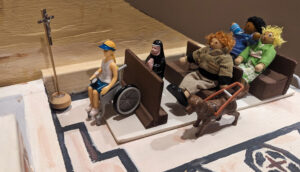
Jeanne Lyons: I have wonderful volunteers who are extremely committed to making sure our parish families living with disabilities feel welcomed, can thrive, and can share their God-given giftedness with us at St. Peter Chanel. However, I still think it’s a bit harder for me to recruit new volunteers, than it is for my Faith Formation colleagues to do so. I think this is because there is still a tendency for many people to be at least a little afraid of people with disabilities, especially adults (potential volunteers) who came up through Catholic schools and perhaps missed out on having the opportunity to befriend a classmate who did things differently, due to a developmental disability like Down syndrome.
That was me. I thought about going into special ed. vs. elementary ed. I knew people with developmental disabilities were not allowed to attend my Catholic schools, so I assumed that teaching special education must be horrible; I also didn’t think I was strong or good enough to become a special educator. Then, God sent me my son and it was like he was born with a letter from God for me: “I have a new job for you Jeanne.”
As far as getting volunteers, if they have a family member or if they were somehow given the opportunity to really get to know someone with a developmental disability, somewhere along the line, they are more likely to be willing and eager to volunteer with St. Peter Chanel’s Disability Ministry. But some of our volunteers are able to get past a lack of opportunity, and when they do, it’s as if they’ve seen a new world that they’ve never visited before, and they can’t help but be swept up by the beautiful chance to recognize Jesus in a new, and even refreshing way. I remember my dad, the first time he took [my son] to a special needs camp, he came home and said, “I have just been to the most non-judgmental place in the world. And I really liked it.” …
Usually when someone decides to try volunteering with our Disability Ministry, even in spite of any fears they may have, they usually get over their fears pretty quickly and end up being hooked! The volunteers I have are just phenomenal; they’re just amazingly loving, and willing to keep trying and keep learning from our families. I have a great group of volunteers, but we always need more!
Me: What would you say would be the attitude of most parishioners towards inclusion and the sensory-friendly room?
Jeanne: They think it’s wonderful that we have it, but they might also think “I could never volunteer in there. I’m going to say the wrong thing. I’m going to do the wrong thing.” Or they might assume that a person needs a special ed degree to have a successful interaction with someone with a disability. That’s just not true.
Me: Do you see any looking down at autistics or others with disabilities at the parish? Or has the parish gotten beyond “the look”?
Jeanne: I think we’ve flipped to more of excitement, where people will come to me and exclaim, “I just met a new family in our parish that has a child with special needs, and I gave them your name.” That’s been beautiful to see. For example, at times, we’ve had a child who needed to receive their first Holy Communion in the sensory-friendly room. If their parents are OK with it, Monsignor will announce it to the congregation and explain why during Communion he’s going to the back of the church, where our sensory space happens to be. During those Masses, I’ve seen people pop their head into our sensory space to congratulate the one who just received first Communion.
Still, even with that turn, there are people who might mistakenly think “I could never do that,” “I’m not good enough,” or “It might be kind of scary.”
Me: can you give me an example or two of it being a real success in this parish with any individuals?
Jeanne: Yes. Especially the past few years, we’ve had five family members using the sensory-friendly room because of their children, in which a mom or dad was not Catholic, and they have joined RCIA/OCIA to become Catholic. You usually hear of people getting dirty looks (because a parishioner thinks a child is misbehaving, when in fact the child and their family are doing their very best in dealing with the behavioral challenges of the child’s disability) and feeling like they have to leave their parish, but I feel like we are starting to experience the reverse of that, although nothing is 100%. A family living with disability will come to St. Peter Chanel and that family is more likely to find their child is welcomed, their family is welcomed, and the non-Catholic family member says, “I want to be a part of this in a deeper way: I want to become Catholic.”
Practical Aspects of a Sensory-Friendly Room
As I was speaking in the sensory-friendly room with Jeanne, she physically showed me several things, but I was only recording audio and taking a few photos.
Me: Is the sensory-friendly room just for one Mass on Sunday, or do you set it up for all the Masses?
Jeanne: We set it up and staff it with volunteers for two Masses each weekend: the Saturday at 4:30 and then the 12:15 on Sunday. We are so fortunate that we have two rooms like this: we used to call them cry rooms, but now we call them Holy Family Rooms. I get to convert one of them into a sensory space for two Masses each weekend. Monsignor Peter Rau is very supportive of the families with whom I work.
Me: Good to know. Different parishes do it differently. One thing when I’ve talked about it, I’ve often used the term “reverse cry room.” You mentioned you have lots of sensory seekers, but especially for the sensory avoiders, low sound is key.
Jeanne: Definitely, you cannot have crying babies in the Sensory Space when the room is being used by someone with very sensitive hearing, to whom the sound of crying can be especially painful.
Me: Do you have a dimmer switch on the light?
Jeanne: No, but that’s a good idea. I know we had one student who couldn’t tolerate the colorful light coming in through the stained glass, out in the church, and that’s one of the reasons why our Sensory Space was helpful for him.
Me: I know there are a lot of different light issues. For example, fluorescent lights actually pulsate on and off many times a second, which most don’t notice, but some autistics can’t tolerate it as it’s like being under a strobe light. You can imagine being under a strobe light might not be the best to be prayerful at Mass. Even in the dance hall, you don’t want to be in front of strobe lights for more than a few minutes.
Jeanne: Once in a while, we’ll have a child who keeps turning off the lights in our Sensory Space, so sometimes we’ll just leave them off because we do get enough light coming through the window into the room.
Physical Elements in the Sensory-Friendly Room
I took several photos of the room, which I will now show and explain.
Stages of Mass
One of the things that impressed me about this space was how they do the sequential parts of Mass.
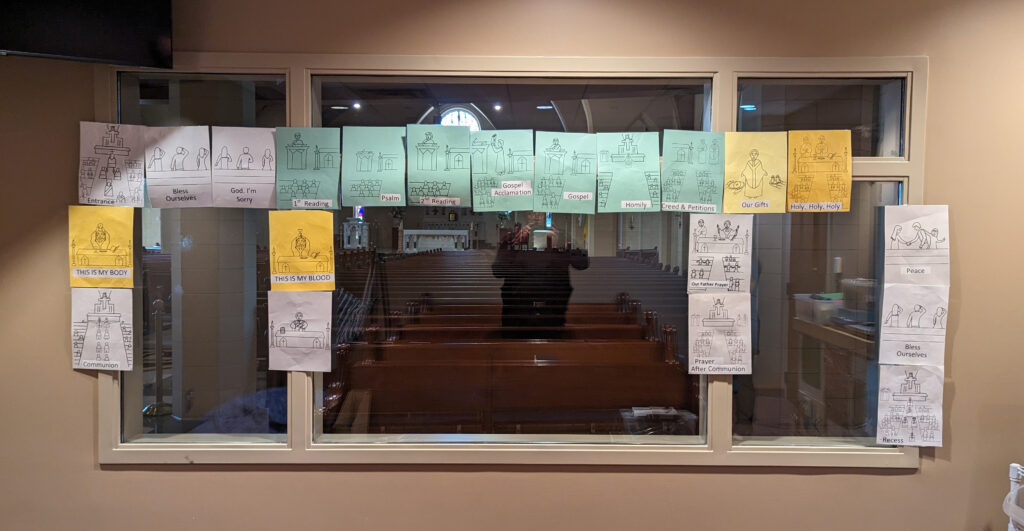
Around the windows out into the sanctuary, Jeanne has all the stages of Mass with words, color-coding, and images. The color coding is Green is readings, yellow is the Eucharistic prayer, and white is all else. These are all magnetic to the window frame, and students will remove each on once that part of Mass has concluded. The Loyola Adaptive First Communion course has a flip book, but this is the first time I have seen it done on full sheets like this for everyone.
A Mini Model of a Church
One thing Jeanne has done is to make a model of Mass with moveable figures so that young autistic children can move it around and see in small what they see in large happening in the sanctuary. I had a side view of some pews near the start; now, here is the view of the whole.
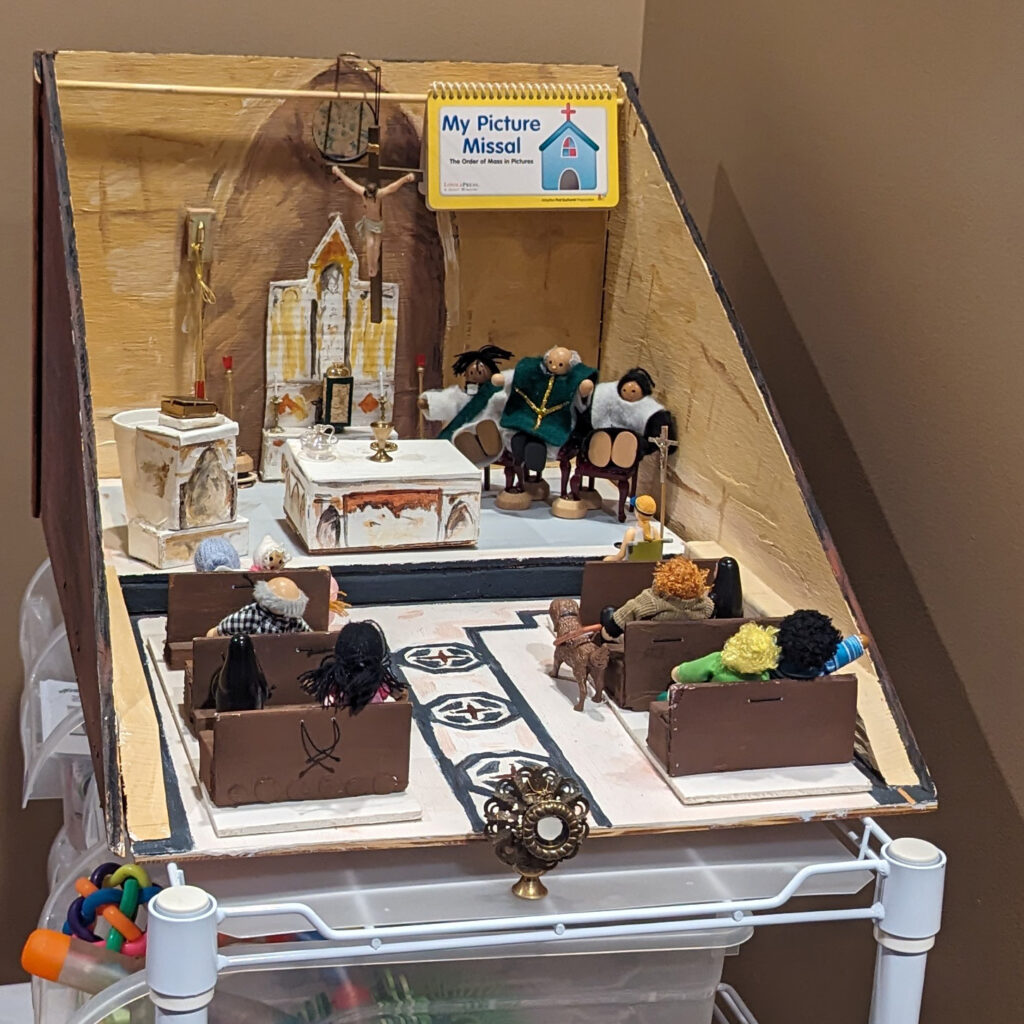
All the characters can be moved and even things like the Chalice and ciborium can be moved, so a parent can demonstrate Communion or other aspects to children. Jeanne intentionally got a mix of different figurines, including nuns and a service dog.
Sensory Spots in the Sensory-Friendly Room
The room at St. Peter Channel strives to provide the right sensory balance for students. On the side, they have a spot with a whole trolley with a collection of sensory aids including foam blocks, special surfaces, a zipper, a light switch, etc. These can help autistics focus during Mass.
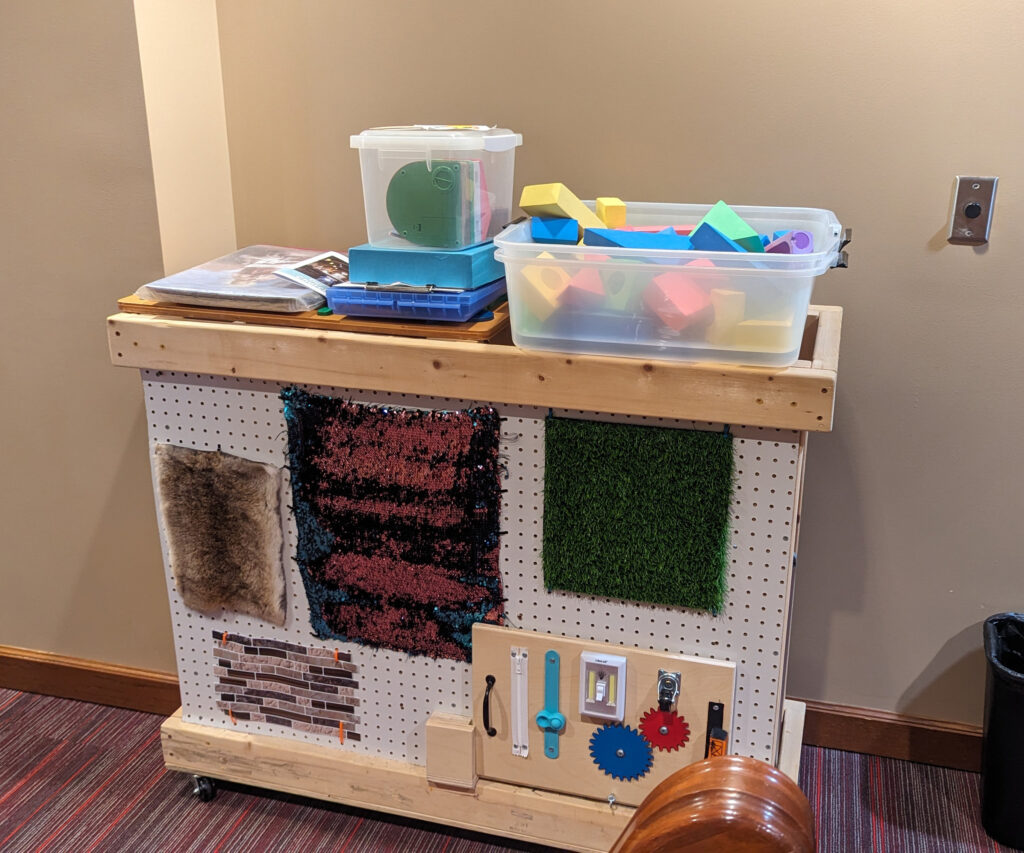
They also have some special seats that are particularly good for sensory-seekers. The first is more of a swing, another is a bean bag, and the third quietly spins in circles on the floor.
Hopefully, these photos and descriptions can be a big help in having a sensory-friendly room in your parish.
Conclusion to the Series on Sensory-Friendly Spaces
As I noted in the articles on the struggling sensory-friendly space in Rochester and the popular sensory-friendly Mass in Fort Wayne, I have wanted to do a few follow-up articles on sensory-friendly spaces running for a while. Being asked to write a chapter for an upcoming book with Word on Fire about disability spurred me on to finally commit the time to research and write these. That chapter can hopefully be a big move for expanding Masses or spaces like this across the country. The three articles in this series will likely be cited in the chapter as testimonies, but I also provide more detail here.
Update: in the same interview, we also talked about Catechesis for autistic young people. I posted that in a later article.



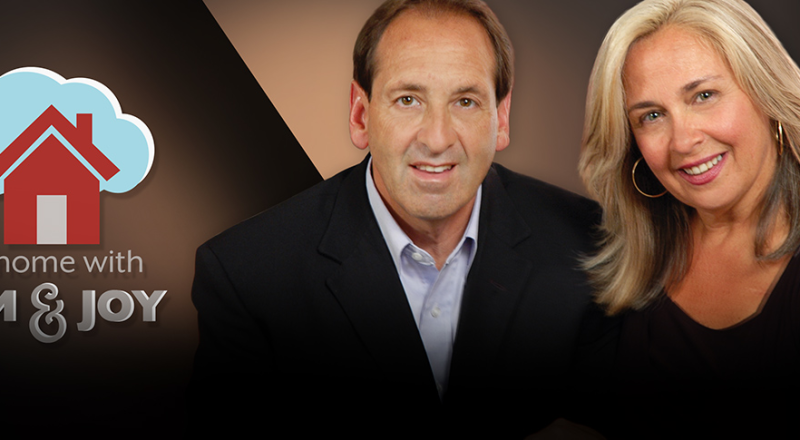
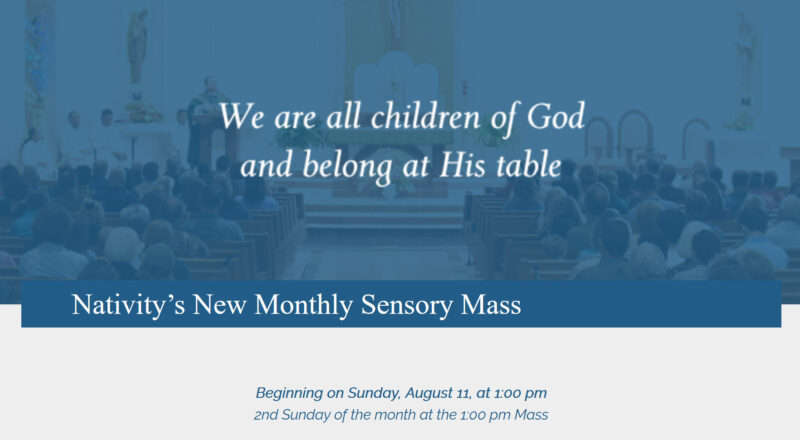
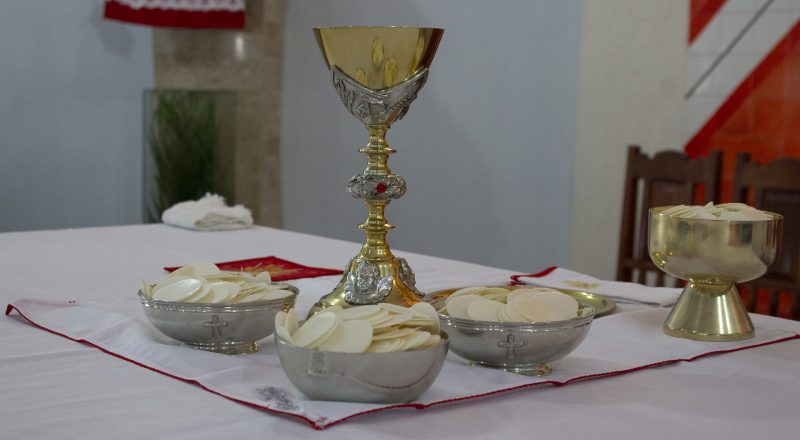

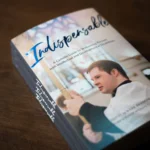




[…] parishes that have had sensory-friendly Masses or rooms during Mass for several years (second and third articles). I will cover a little background and then post her answers via […]
[…] at St. Peter Channel in Roswell, GA (north Atlanta suburb) for autstics. In June, I published an article about them running a sensory-friendly Mass for a decade. At the time, we talked a lot about how she […]
[…] who have run these for a long time. They were located in in Rochester, NY, Fort Wayne, IN, and near Atlanta. Part of doing these interviews was making this chapter, so I had experience from those with […]
[…] into main church from the sensory-friendly room near Atlanta (my […]